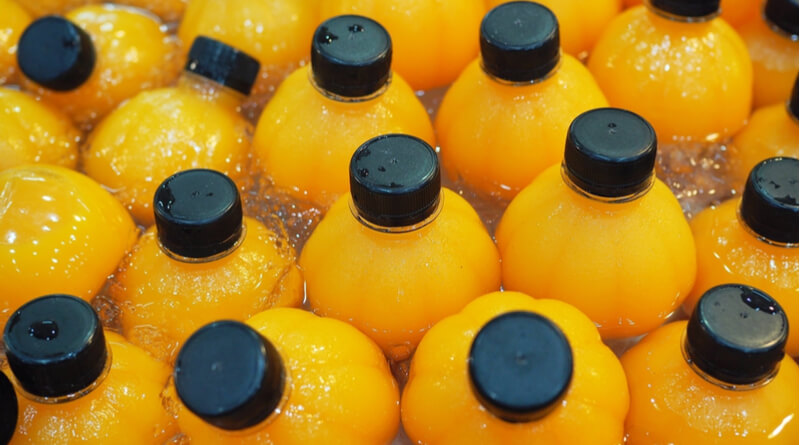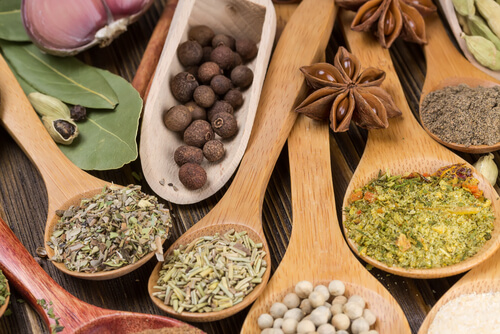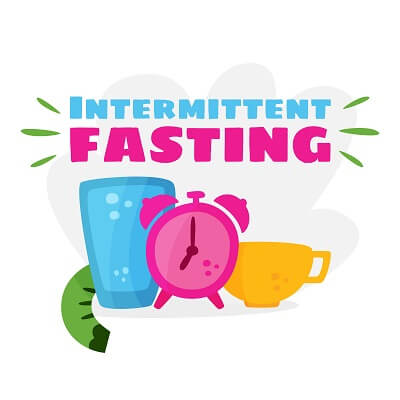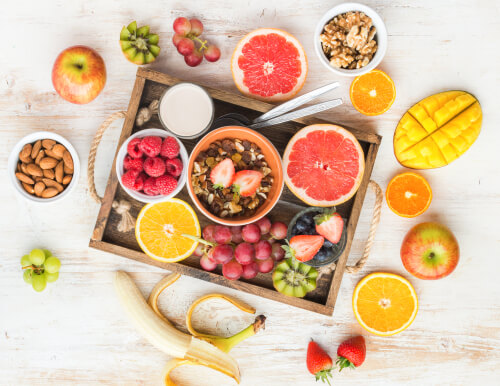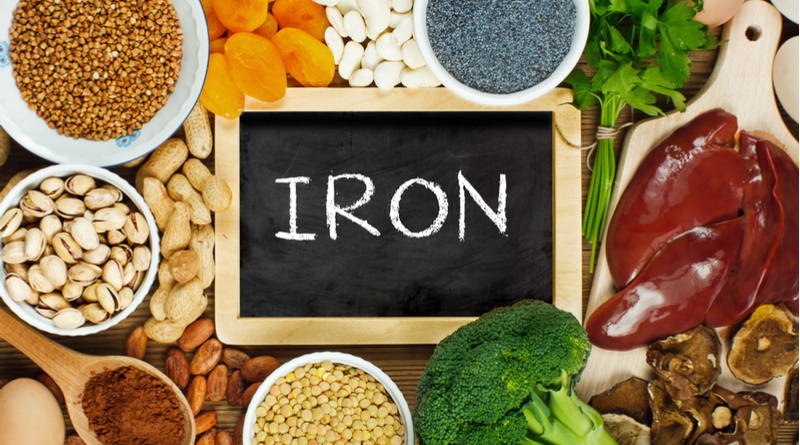There is quite possibly nothing that is more refreshing in this world than a nice cold glass of juice on a hot summer’s day. There is really nothing quite like that feeling, as taking that first cold, sweet sip. Not only is drinking juice a great way to refresh yourself and beat the heat, juices have many health benefits, since they are basically concentrated versions of fruits and vegetables.
Unfortunately, we are learning that prepackaged juice is not always as healthy as we have been led to believe. Most people reading this are probably rolling their eyes, and thinking this article is trying to target sugary juices. But the reality is most prepackaged juices contain harmful amounts of heavy metals, specifically, mercury, cadmium, lead, and inorganic arsenic.
Recent Consume Report studies in America have shown that 45 popular juices spread over 24 different brands all contained unacceptable amounts of heavy metals. When the study was completed, it found that 47 percent of the juices had concerning levels of inorganic arsenic, lead, mercury, and cadmium. The levels were so high, that some juices were proving harmful to children if they only consumed 4 oz. a day. Many of the juices could be potentially harmful to adults also.
It is normal to want to blame the manufacturers for this, and try to find a brand that is working to make truly healthy juice. Unfortunately, the manufacturers are really not completely at fault here. The juice isn’t contaminated at the factories; the contamination process starts at the farms, and it can be difficult to figure out which fruits are good or bad to use. The best way to get contaminant free juice is to make your own fresh squeezed juice at home, using locally sourced vegetables.


